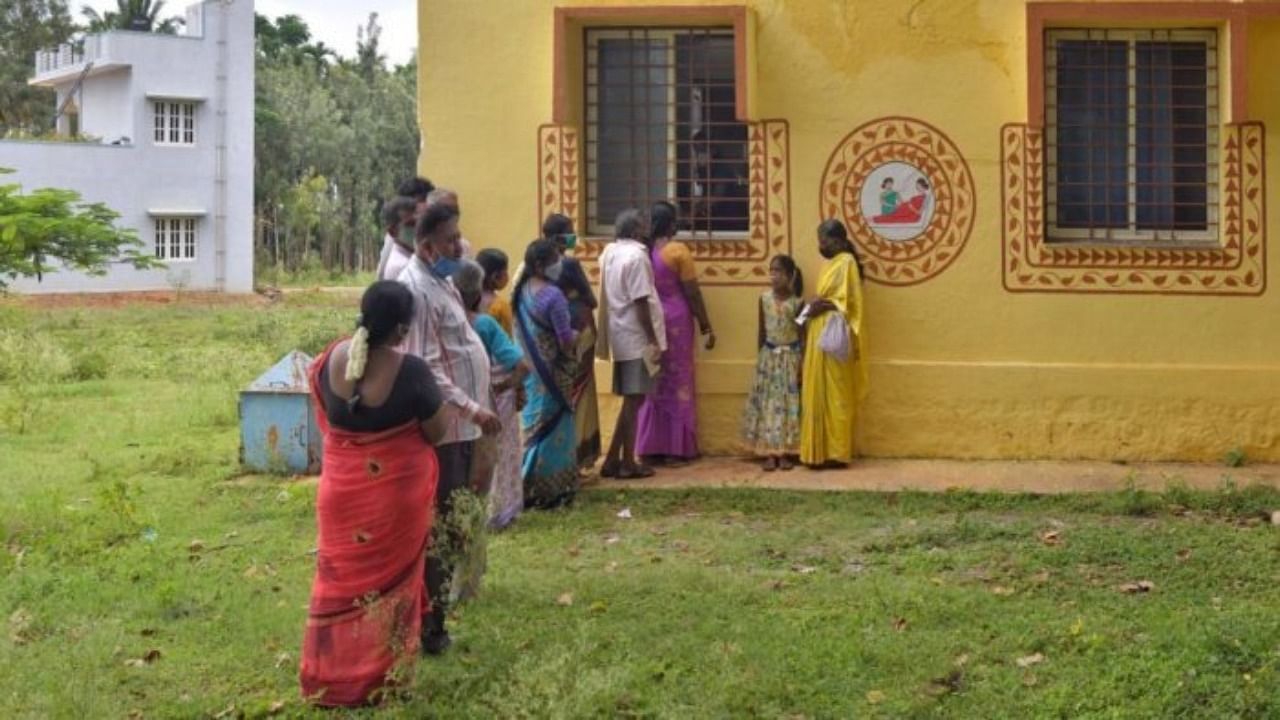
India’s villages are its veritable heart and home to more than two-thirds of its population. However, the second wave of the pandemic pierced a hole in it. According to a report, 53% of new cases of Covid-19 and 52% of deaths in India in May were recorded in rural districts. While targeted efforts were in place to improve the rural health infrastructure in the country, the pandemic has underscored its urgency. The public health expenditure in India has gone up from 1.2% to 1.8% of GDP between 2008-09 and 2019-21, and is quite low when compared with other countries such as China (3.2%) or the US (8.5)%.
However, no verified estimate of potential investment requirements to improve rural health is available yet. This offers an opportunity to move away from the stock approach to address the specific needs of India’s rural healthcare system.
The most common discussion around healthcare in India circles around either building or expanding tertiary capacity that offers highly specialised services. Such advanced treatments are necessary, but it risks overlooking the need for preventive and promotive healthcare and therefore the need to boost the capacity of primary healthcare. Some of the potential ways are explained below.
Point-of-care diagnostics: The ground-breaking innovations which introduced point-of-care diagnostics facilities should be harnessed more in a rural setup. In the wake of Covid-19 where quick and reliable diagnostics played a crucial role in breaking the chain of transmission, those residing in villages often found themselves behind the curve. Since established laboratories find the rural areas and hinterlands unsustainable for their business, PoC facilities will become important in ensuring timely diagnosis of fatal conditions, especially for time-sensitive ones such as cancer.
Awareness through women: Women in rural areas are a thread that ties the community together. Empowering them is as good as empowering the community. Communications pertaining to social and behavioural change must be targeted to women and self-help groups they run. Educating them with evidence-based findings will ensure that the knowledge spreads to the community. This will lead to more people coming forward for diagnosis and treatment at a stage when their disease can be cured.
Focus on nutrition: During the peak of the pandemic, accredited social health activists (ASHA) ensured maximum healthcare coverage and access despite massive disruptions. They not only ensured timely care for expectant mothers and newborns but also brought requisite nutrition to them under the ICDS programme, in conjunction with the Anganwadis. With the threat of future waves looming, strategies must be devised to optimise their capacity and leverage for the health and wellbeing of rural Indians.
Dedicated infectious diseases wing in PHCs: Unlike cities, villages are a close-knit community, so adhering to distancing norms can be difficult. Dedicated and separate sections in primary health centres can help isolate and treat people in case of fresh outbreaks of infectious diseases. The communicable disease surveillance and strengthening of health surveillance infrastructure with a proposed outlay of Rs 12,000 crore needs a more planned implementation in rural areas where the spread could be faster and wider.
Common Service Centres: Upping the capacity of existing facilities is an effective way to help. The Common Service Centres, set up by the Ministry of Electronics and Information Technology, played a wide-ranging role in the rural areas during the pandemic. They registered villagers for vaccination, extended banking services and ran district-level Virtual Learning Environment (VLE). It made telemedicine accessible and popular in rural India. Leveraging the capacity of CSCs can help India manage diseases in rural populations.
Encourage CSR: After overcoming the initial disruptions caused by the lockdown, Indian corporates bridged the gap in their Corporate Social Responsibility (CSR) spending by contributing to the PM-CARES Funds and driving relief efforts in their community. Improving the existing healthcare facilities and augmenting auxiliary segments such as water, health, and sanitation will help improve preventive and promotive health in rural India.
(The writer is CEO of a Delhi-based thinktank focussing on health)